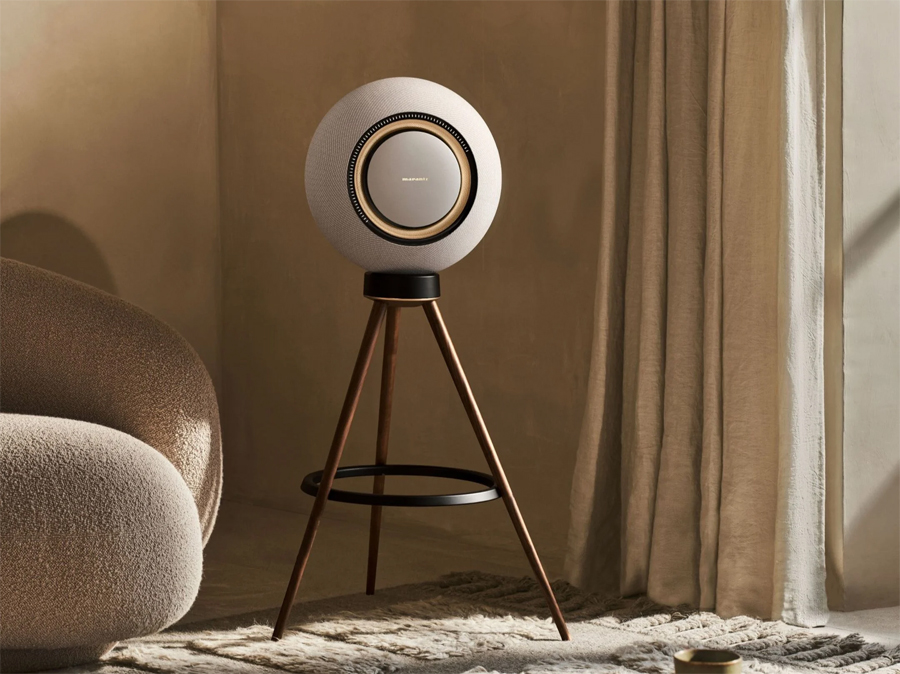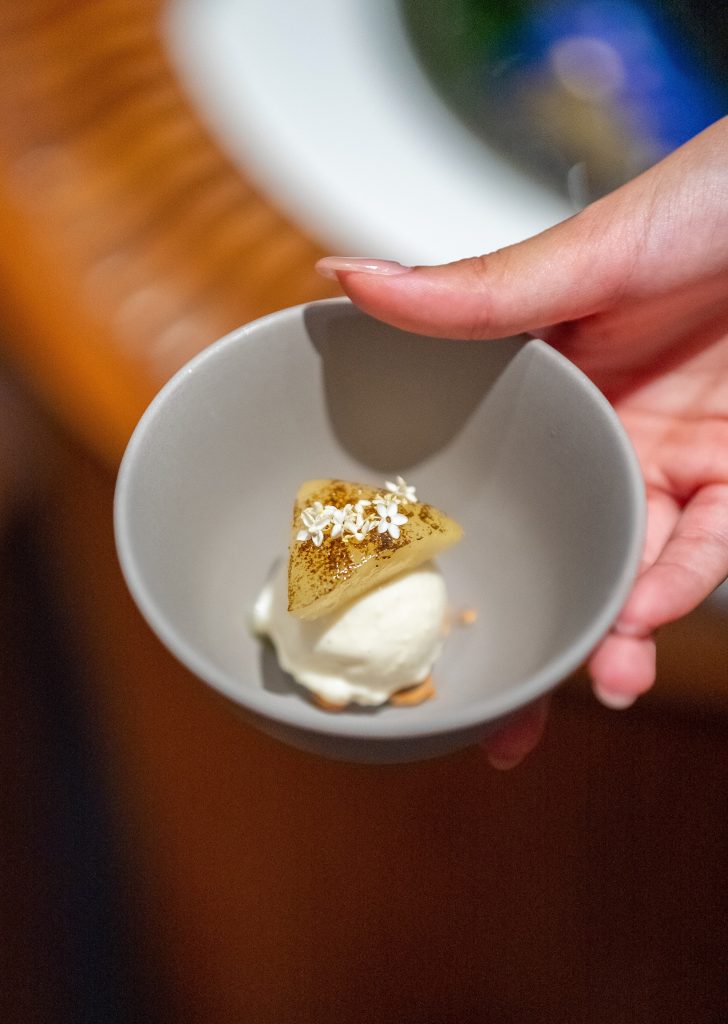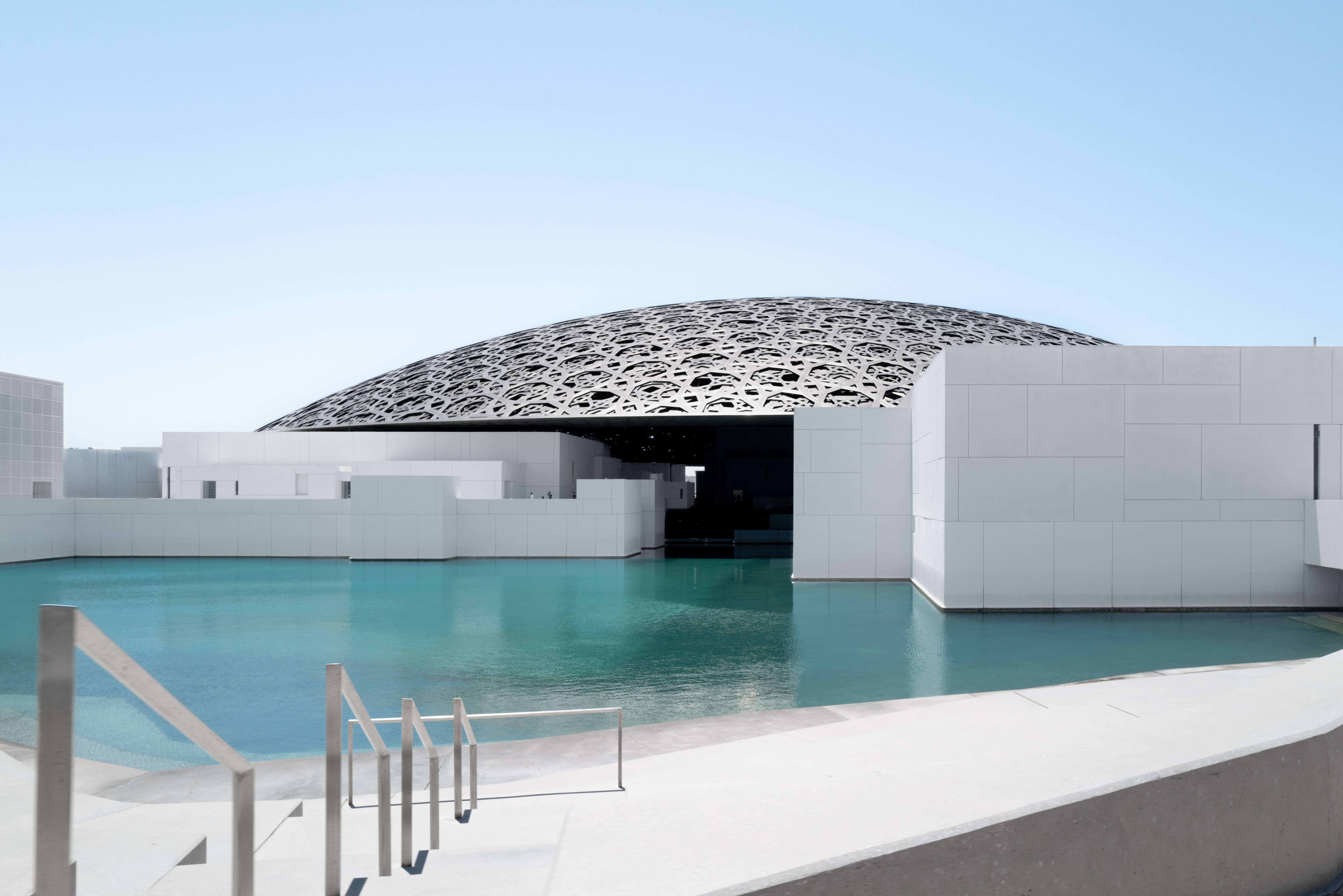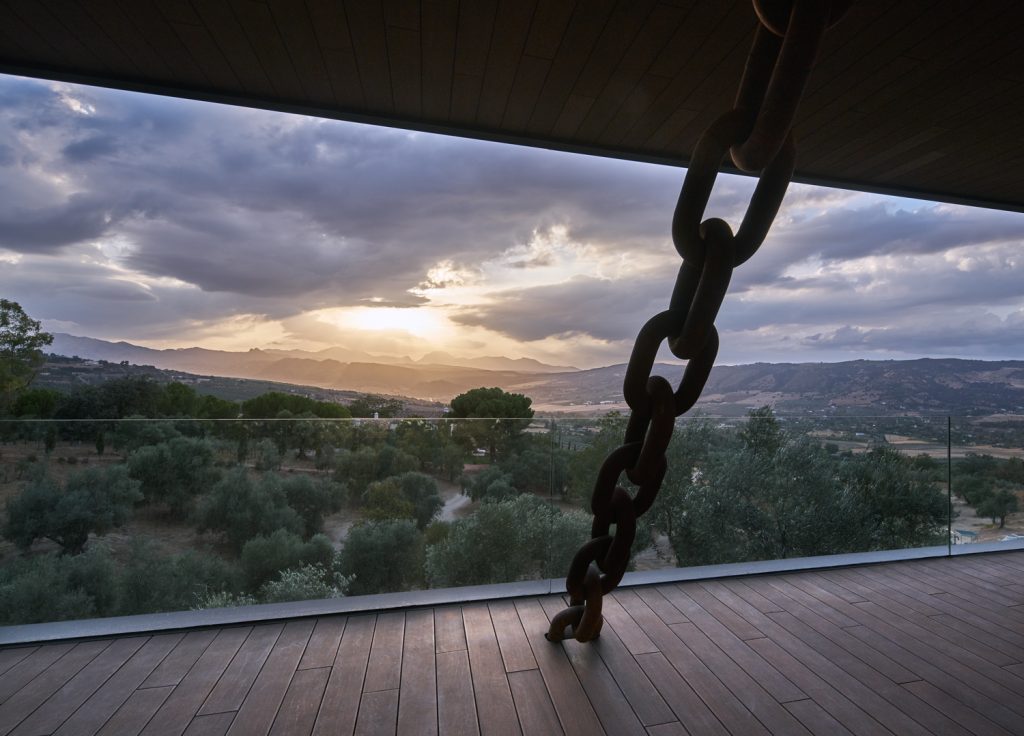Sophie Neuendorf: Will the art industry change post-pandemic"
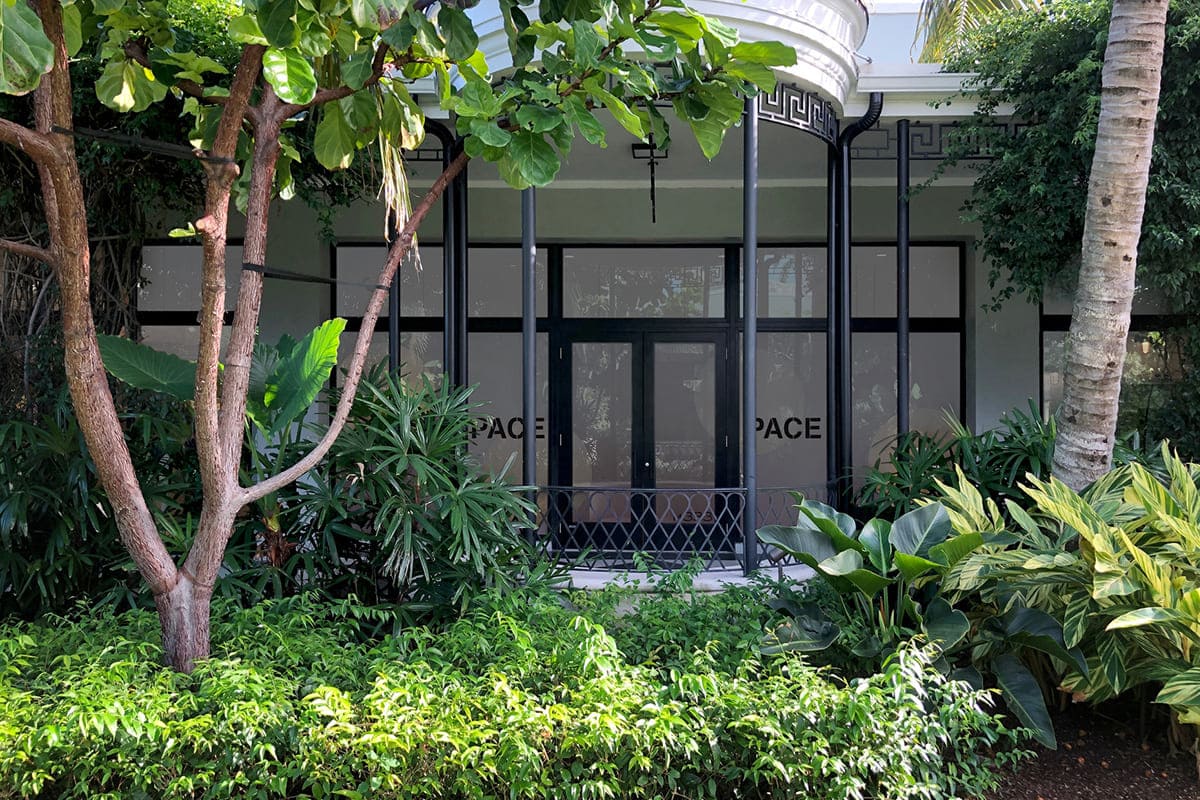
Pace Gallery’s new space in Palm Beach, Florida
As part on an ongoing monthly column for LUX, artnet?s Vice President Sophie Neuendorf discusses the cultural shifts caused by the pandemic and forecasts the future shape of the art industry
Sophie Neuendorf
Prior to the pandemic, city life was often synonymous with a thriving arts and culture scene. Most of the world?s major cities offered a plethora of national and international galleries and museums to tempt tourists and locals alike, alongside the global rota of art fairs and biennials. It was an exciting ecosystem that was supported by constant stream of international art lovers and collectors.
Follow LUX on Instagram:Â luxthemagazine
However, as James Tarmy recently wrote in Bloomberg, the pandemic has radically changed the status quo and has been vastly more painful to museums and nonprofit art organisations than to commercial galleries. The main reason for the disparity, he explained, is that ?buying art is mostly a private activity; seeing art is much more communal.? His article reveals that sales have remained surprisingly robust at multiple levels of the market, from modestly sized dealers like James Fuentes and François Ghebaly to blue-chip galleries like David Zwirner and Hauser & Wirth. The rapid pivot to online sales are largely responsible last year?s robust sales, with $10.1 Billion spent on fine art sales in 2020 (Source: artnet Price Database). Private sales have also proved resilient? perhaps n...
| -------------------------------- |
|
|
Marantz Breaks New Ground with Luxurious Horizon Speaker Line
31-10-2024 07:19 - (
luxury )
The Luxury Editor Joins the Exclusive World-Tour Event at Blue by Alain Ducasse
31-10-2024 07:08 - (
luxury )

